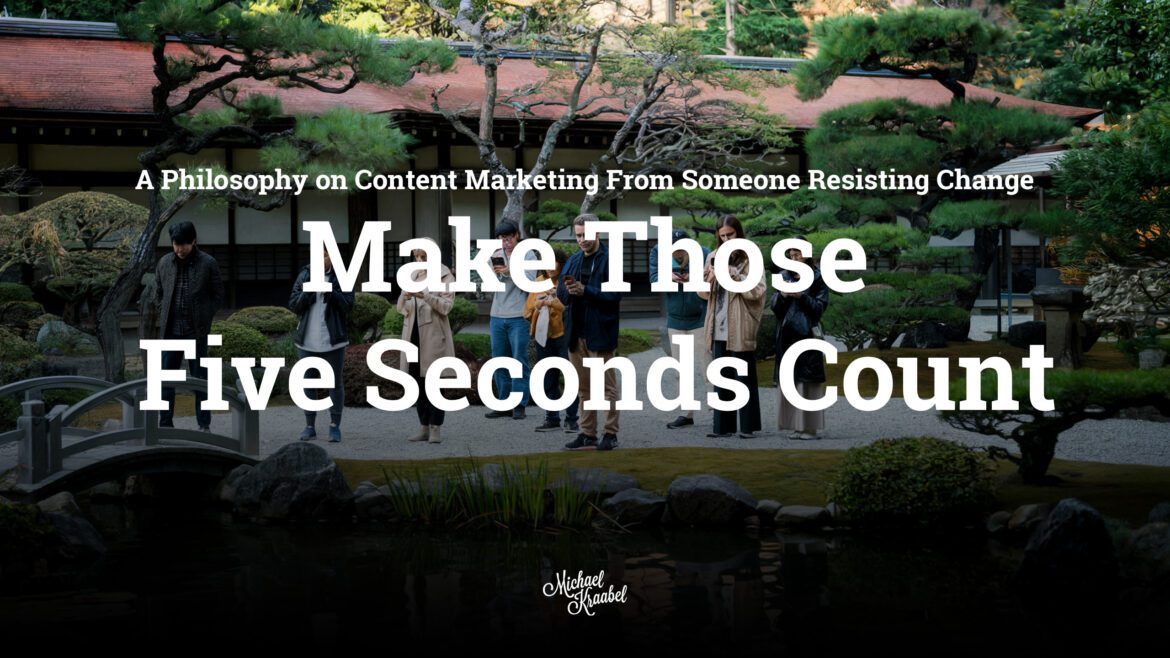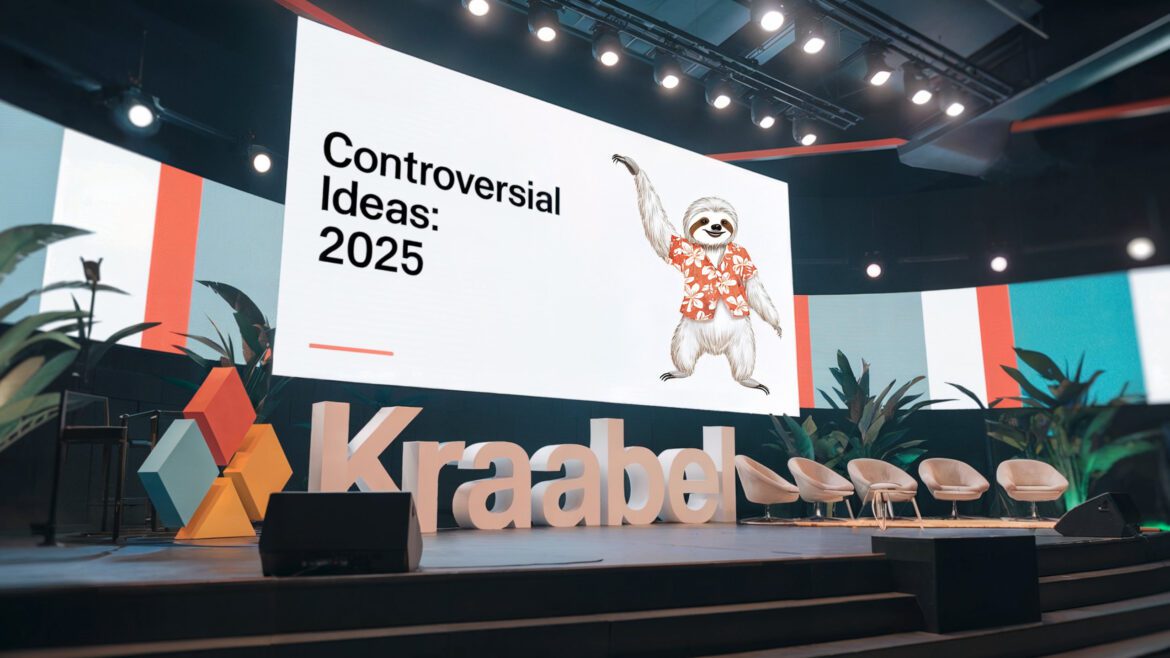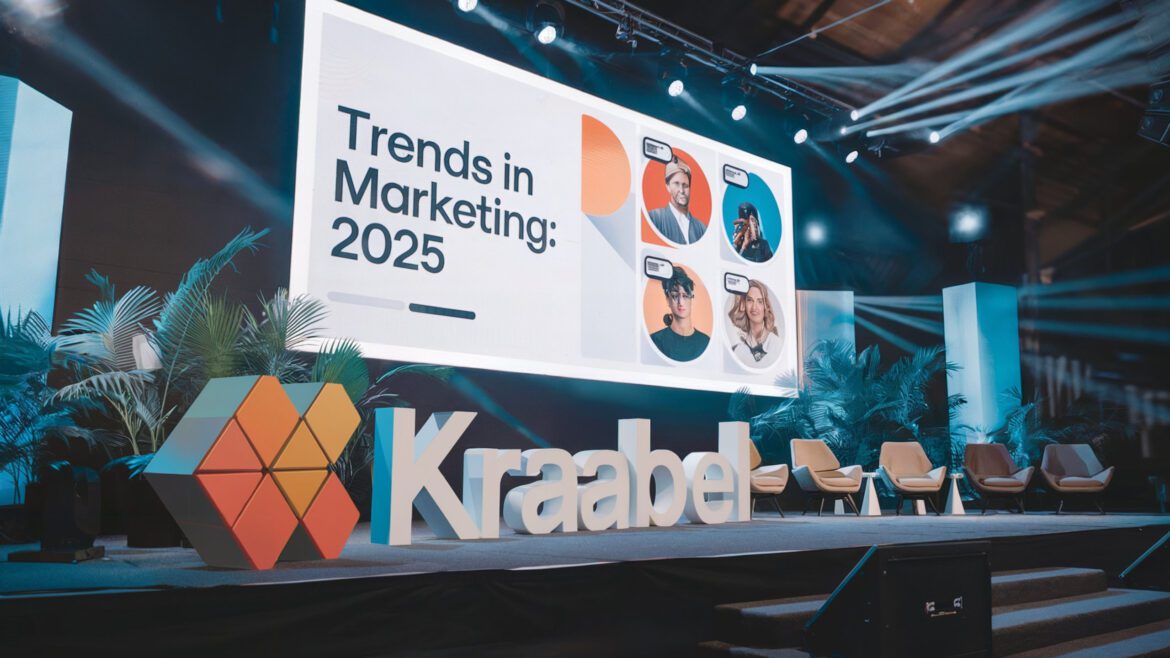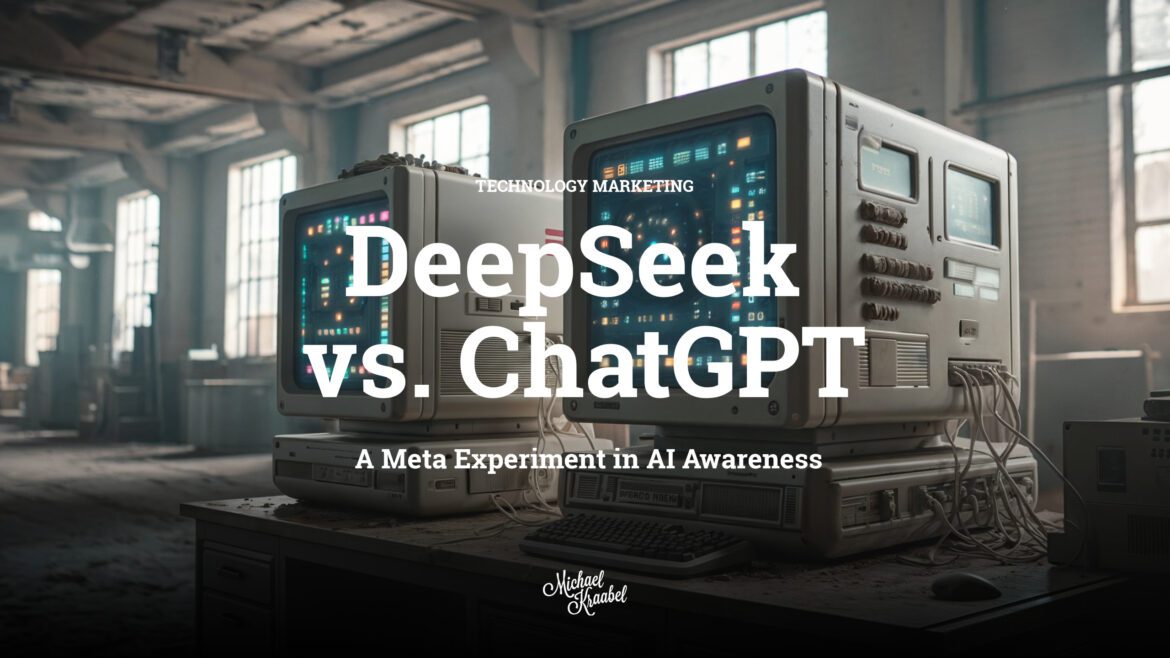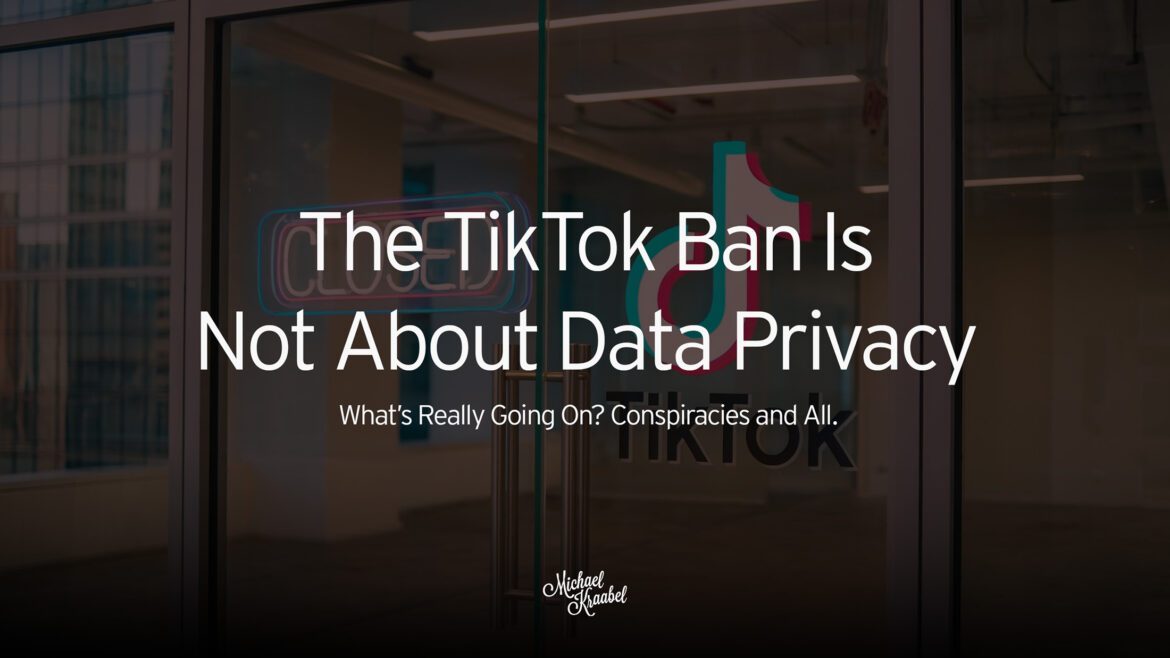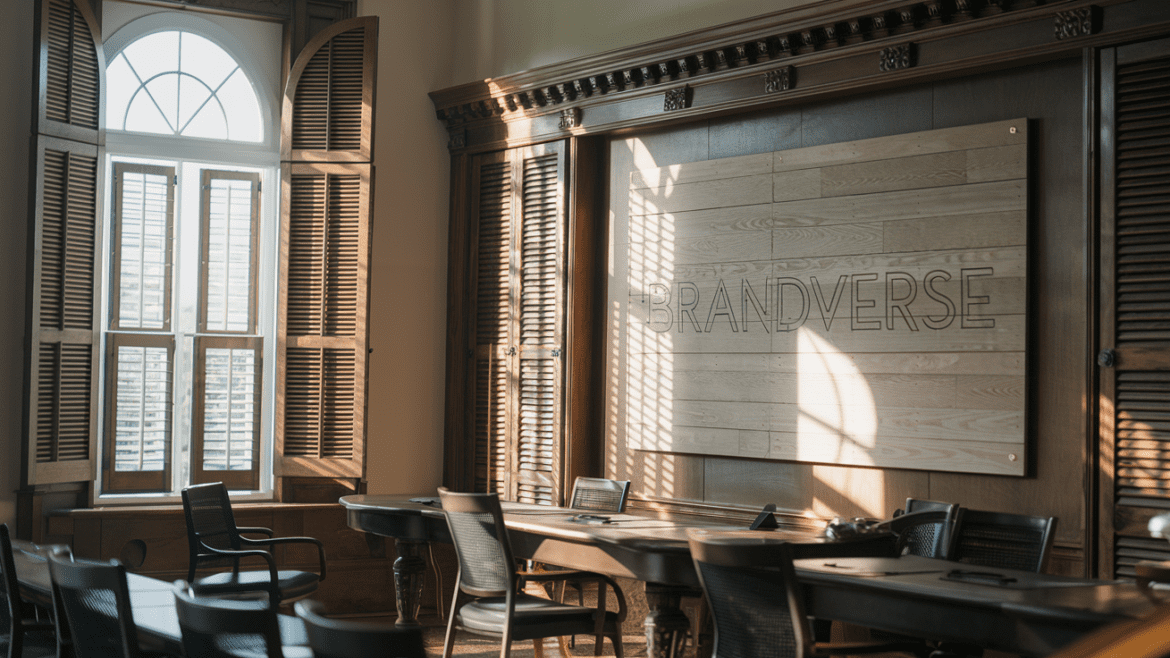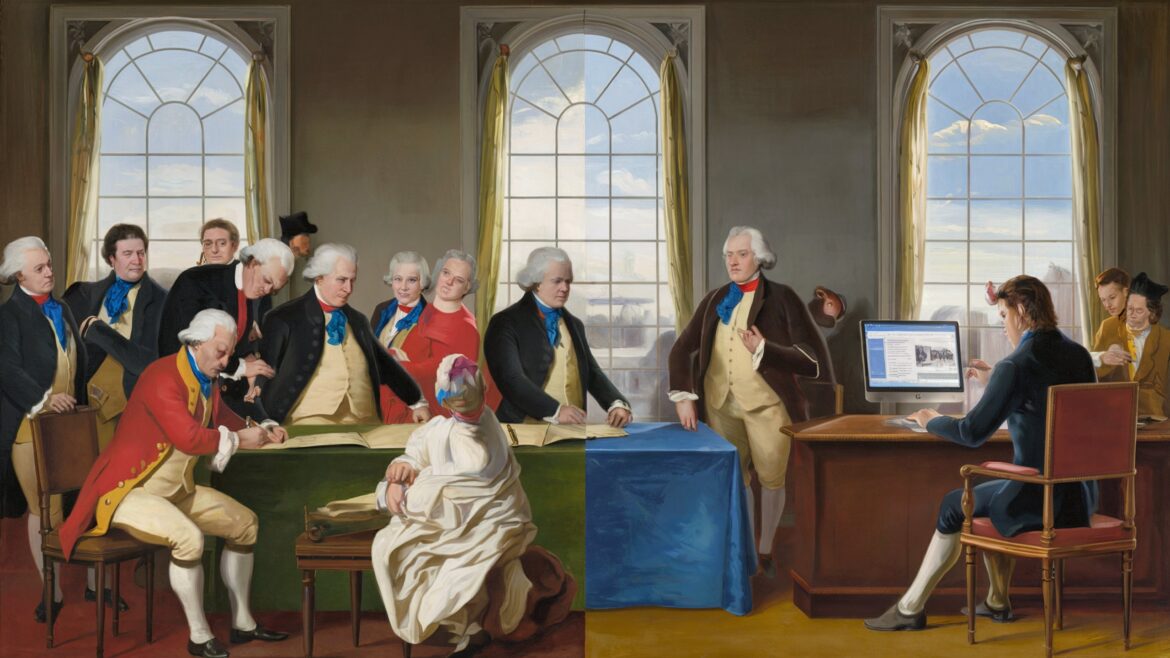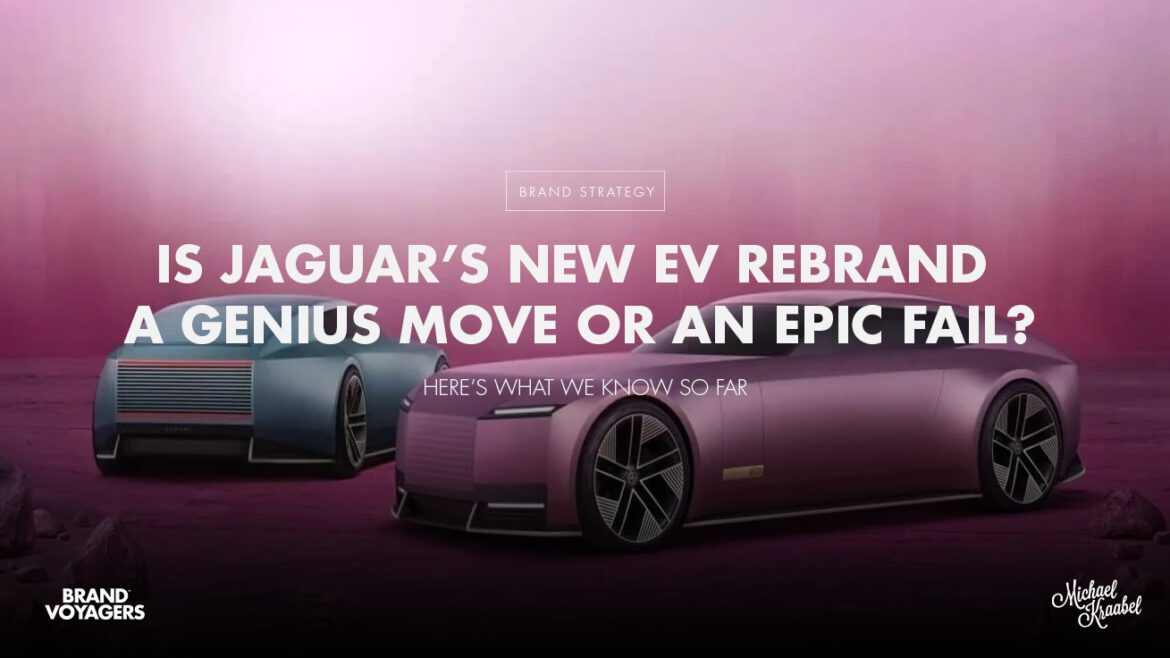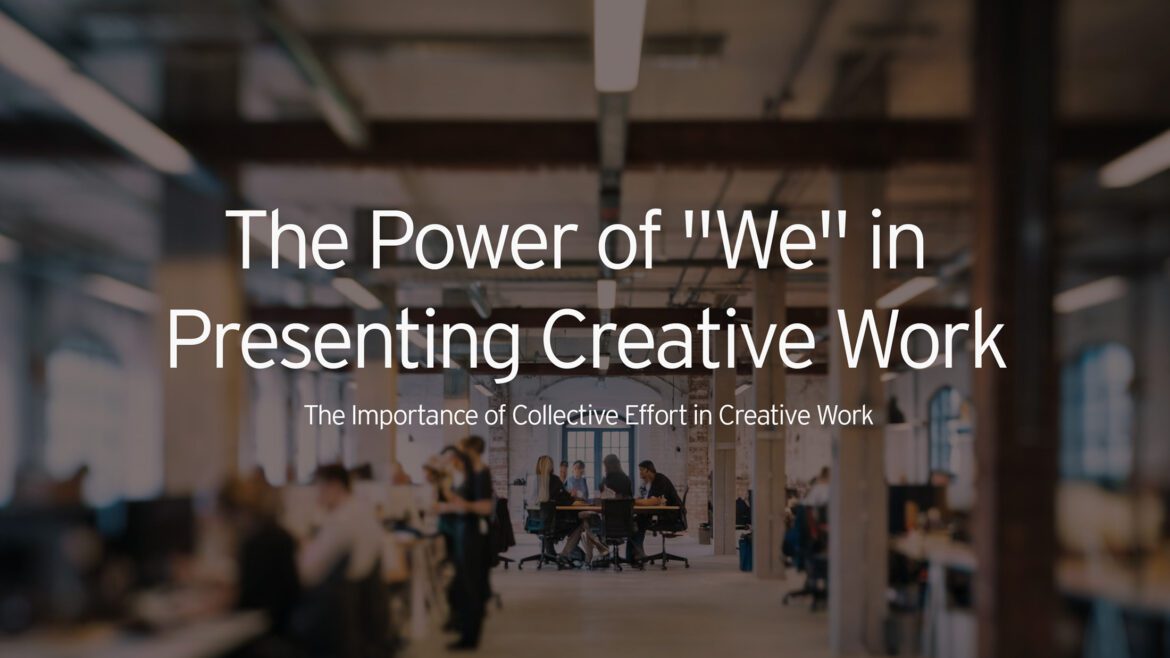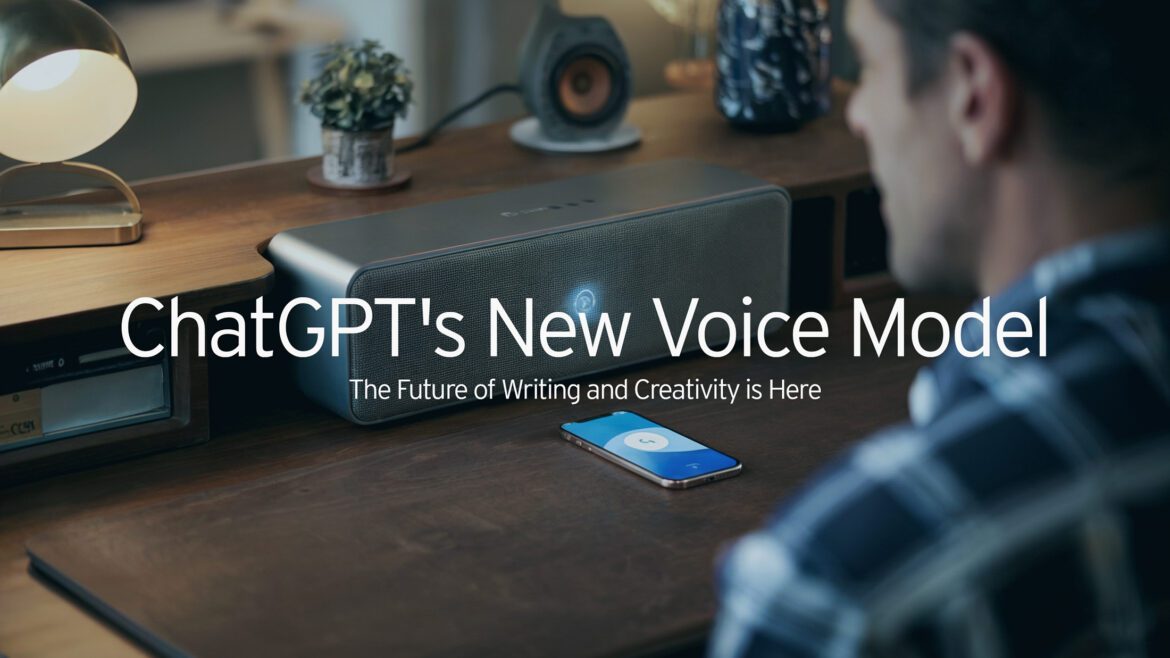Make Those Five Seconds Count
https://www.kraabel.net/wp-content/uploads/2025/02/kraabel_5seconds-1024x576.jpg 1024 576 Michael Kraabel Michael Kraabel https://www.kraabel.net/wp-content/uploads/2025/02/kraabel_5seconds-1024x576.jpgI’ve written brand strategy documents that no one reads. Detailed creative briefs that get skimmed at best, ignored at worst. Spent hours crafting messaging frameworks, only to have someone ask, “So… what’s the takeaway here?” after flipping past 30 pages. It’s not that people don’t want information—they do. They just don’t have the patience to…
read more

